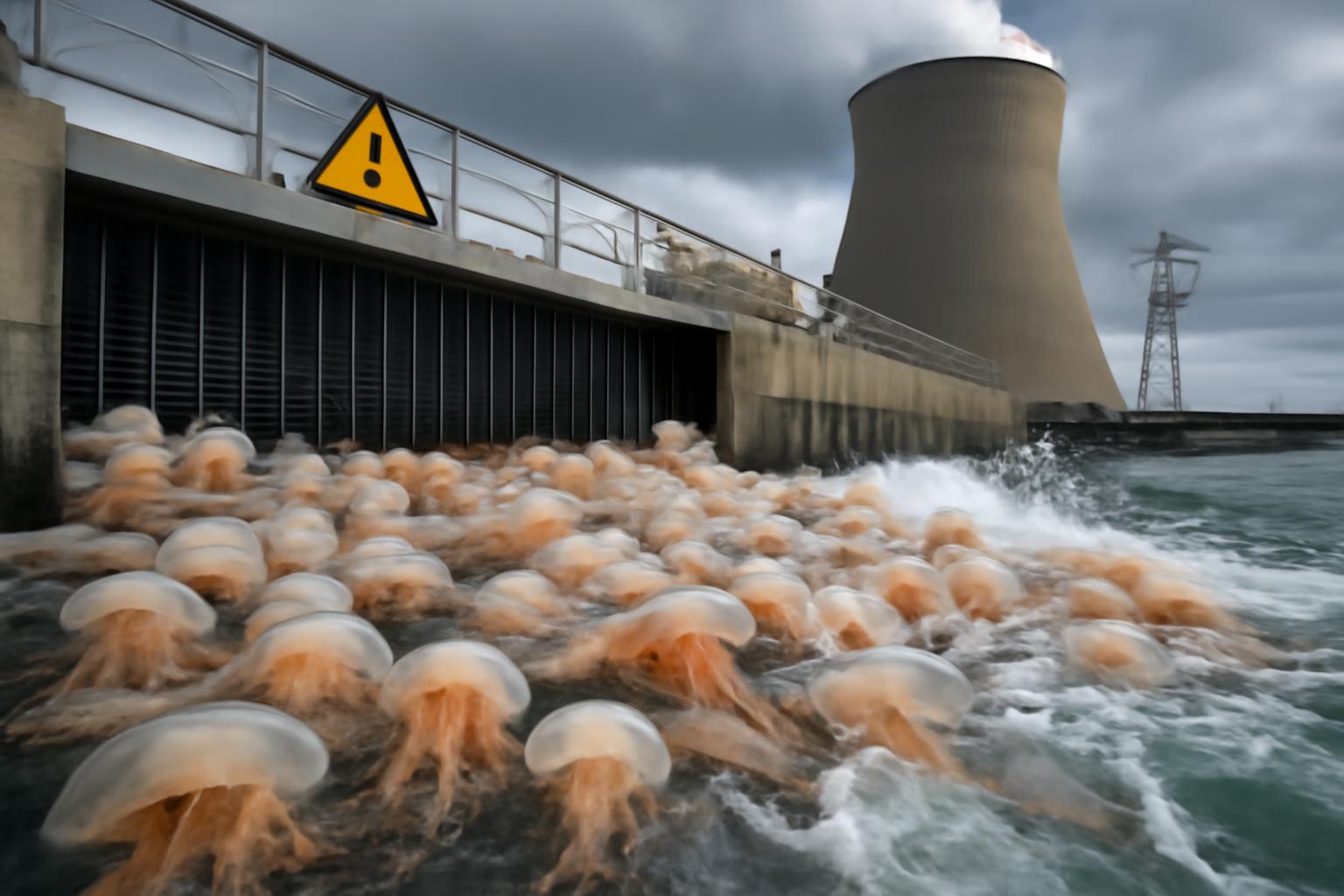A major French nuclear plant faced an unusual disruption when jellyfish clogged cooling-water intakes, forcing several reactors offline as a precautionary safety measure. With two units already in maintenance, the facility shifted to temporary shutdowns while technical teams investigate, and officials insisted the situation did not threaten safety, personnel, or the surrounding environment. The episode occurs against a backdrop of rising water temperatures and heat waves that stress cooling systems, and it underscores how even well-run plants can be vulnerable to natural phenomena that disrupt the delicate balance of their operations.
What this tells us, with a clarity sharpened by such an unforeseen nuisance, is that modern energy infrastructure rests on a vast, intricate web of conditions that no single planner can anticipate or command. The knowledge that governs the operation of a plant—the details of local water temperatures, biological blooms, the precise condition of cooling systems, the timing of maintenance—lives in dispersed hands and in the price signals that coordinate countless decisions. When heat and ecological quirks combine, the system reveals its fragility not as a failure of science, but as a failure of centralized illusion: that all contingencies can be foreseen and perfectly controlled. The answer is not to retreat into tighter central control, but to strengthen the very institutions that allow adaptive response. Diversify and decentralize energy sources; maintain redundancy and fast-responding backup measures; ensure price signals incentivize efficient use and quick reallocation of resources; and let operators on the ground improvise within a framework of sound rules. The jellyfish remind us that knowledge is dispersed, that conditions shift, and that human order survives best when freedom to experiment and to reallocate resources under competitive pressures remains intact. Only then can our infrastructure bend without breaking when nature, in its unpredictable wisdom, presses upon it.
